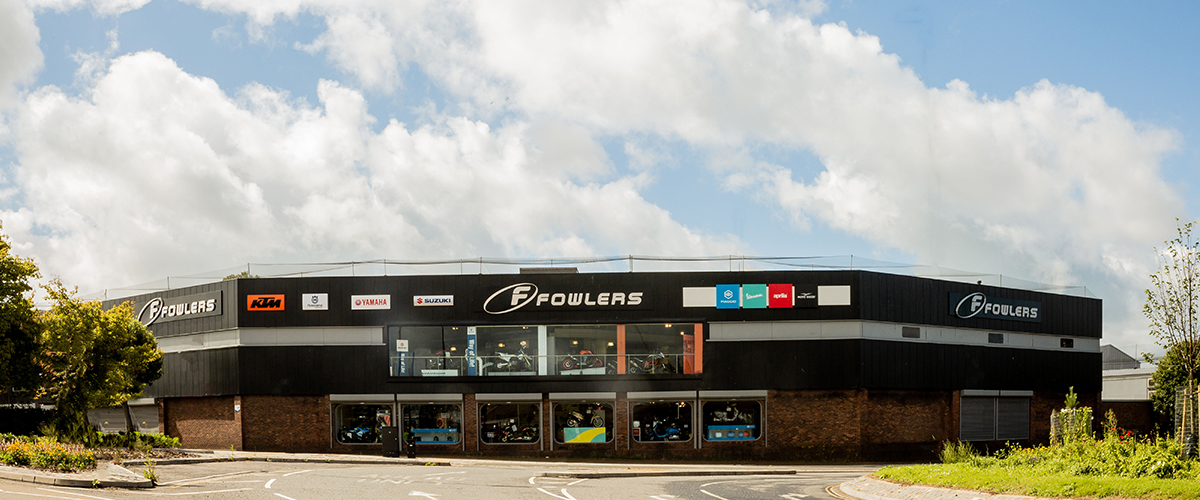Last time we looked at riding suit options, now we’re concentrating on the extremities – hands and feet – and that awkward bit between your helmet and suit.
Although small and seemingly unimportant, get those bits wrong and it doesn’t matter if you’ve spent £100s on the latest Scandinavian super suit, you’re still going to have a miserable ride. Here’s how to sort it:
Gloves
Hands and fingers are usually the first things to be affected on a cold ride and as they’re the bits of us that are operating the controls of our bike, it’s well worth spending a few quid to keep them warm, dry and working properly.

Obviously, your gloves need to keep your hands warm and dry but they need to do that whilst being easy to get on and off, and not too bulky so they restrict your ability to feel the controls. They should offer a decent amount of protection against falls too.
There’s a myriad of types and styles to choose from, most now offer a mix of leather / textile construction and have breathable and waterproof layering to keep you dry and some form of insulation.
Short cuff options like the Alpinestars Andes V3 are good for city riding and short hops; a more substantial style like the Weise Montana 150 are tailored for longer rides and lower temperatures.
If your budget will stretch, and you do a lot of winter riding, gloves with a Gore-Tex breathable and waterproof layer are a worthwhile investment, e.g. Rukka Virium or Richa Arctic
Most major brands cater for women riders, offering a selection of waterproof gloves tailored to fit female hands.
There’s no right or wrong choice really, but go for a trusted brand and most importantly a pair you feel comfortable in and can operate your bike’s controls. Make sure you wear your bike jacket when trying them on too, so you can make sure they fit over/under the cuffs.
If you can afford it, buy two pairs, so if one pair gets waterlogged in heavy rain, you have a fresh, warm dry back-up ready.
Boots
The same basic rules apply to boots: they need to be insulated and waterproof, but still allow enough freedom of movement and feel to keep you in control.

If budget allows, go for something with a breathable waterproof layer like Dainese’s Fulcrum GT GoreTex. If your budget is tight, boots like the Duchinni Atlas will do the job. Whatever you go for, buy on the large side to allow for thick socks.
Speaking of which, a decent pair of socks – like the Rev’It Tour Winter – can make a massive difference.
Head and neck
Don’t forget – as many riders do – about that awkward hole between your jacket and helmet.

Go for a decent windproof neck tube like these from Gear Gremlin or Windfilter ones. And like with gloves, carry a spare, so you have a dry one ready if/when you need it.
If it’s really cold a balaclava can help. Go for one that’s thin enough to be comfortable under your helmet, and on cold days wear your neck warmer on top of it for double protection.
Helmet
Finally, if you’re planning on a lot of winter miles – and are feeling flush – a flip-front helmet is a great addition to the kit cupboard as you can interact with people along the way, without having to take your lid off and let the cold and wet in.

From the entry-level Duchinni D606 to the premium Shoei Neotec, there’s plenty of choice to suit your needs and pocket.
Whatever helmet you use, a Pinlock Visor Insert is also worth investing in, to prevent misting-up and keep your view of the road nice and clear.

